|
I saw a wonderful article yesterday from Hakai Magazine on Viking woolen sails that is definitely worth sharing. http://www.hakaimagazine.com/article-long/no-wool-no-vikings
1 Comment
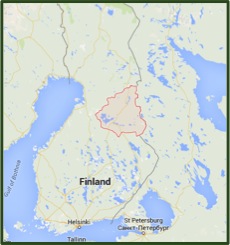 These Finnish sheep are a separate breed from the Finnsheep and are primarily bred for meat. All lambs are born black, but they often fade to gray as they get older while maintaining black legs and faces. Their coats range from more wooly to more hairy. They are prolific and can mature in only three months and lamb twice a year. (Aholan Farm) Fiber Information*:
This breed of sheep was developed in the early 20th century using the Manx Loughtan, moorit Shetland, Soay and wild Mouflon stock. Coloration is light or dark brown and both males and females are horned.
Fiber Information*:
The Åsenfår is a small sheep from Sweden that is a member of the forest sheep classification of animals (also included are the Gestrikefår, Helsingefår, Svärdsjöfår and Värmlandsfår sheep). These are hardy animals bred to live on less pasture in the summer and poor feed during the winter. (Skansen.se)
Rams are typically horned and ewes are usually polled but might have scurrs. They come in a range of colors including white, brown, gray and black. Fiber Information*:
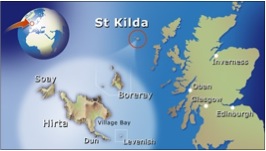 Above – Location of the St. Kilda archipelago. Image credit to the National Trust for Scotland. Right – Boreray ewes and Boreray ram. Photos by Jason Gibbs of Hampshire, England. Above – Location of the St. Kilda archipelago. Image credit to the National Trust for Scotland. Right – Boreray ewes and Boreray ram. Photos by Jason Gibbs of Hampshire, England. Like the Soay, the Boreray sheep today live on the St. Kilda archipelago west of Scotland. (Ekarius and Robson, 154) This very rare breed exists today as a feral on four of the population is completely feral and despite having been bred with Scottish Blackface sheep at one time, the current group exhibits predominantly the traits of the more primitive Northern European sheep. These animals are horned in both sexes (with the possibility of multiple sets of horns), moult their fleece and come in an array of colors such as creamy white, tan, gray and dark brown. 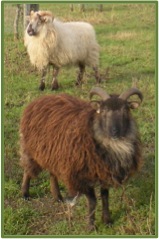 Fiber Information:
I will be teaching my Viking wool class at AEthelmearc War Practice and twice as Pennsic University. The Pennsic classes will run 3 hours with the first two hours being discussion and demo, and the last hour will allow time for people to experiment with the tools if they would like to try things out. More information on this class can be found under the CLASSES button at the top of this page. Additionally, I am hoping to set up a gathering for the members of the Viking Era Textiles & Fiber Arts group from Facebook (https://www.facebook.com/groups/360623034123093/). If that ends up being scheduled, I will be posting information both on the group and here.
5/16/2015 AEthelmearc War Practice 10am-12pm, A&S Tent #1 Viking Era Wool: Its Production and Use 7/30/2015 Pennsic University 9am-12pm, A&S4 Viking Era Wool: Its Production and Use 8/4/2015 Pennsic University 9am-12pm, A&S4 Viking Era Wool: Its Production and Use 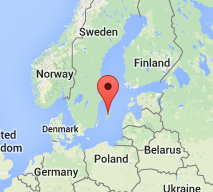 The Gotland breed developed from the Gute sheep, a primitive breed descended from those brought to Sweden by the Vikings. (Oklahoma State University, Breeds of Livestock Project) The wool is typically gray but ranges from silver to near black, though white and brown do rarely occur. The wool from these animals can be spun quite fine, but resembles mohair more than any other of the short-tailed breeds. (Ekarius and Robson, 162) While the older Gute (or Goth) sheep breed still exists on the island of Gotland today, the modern breed, which was started a hundred years ago by selecting for specific color and curl among Gute sheep, has had some additional improvements from Leicester, Texel and other stock. The Gotland breed in the US is being built by artificial insemination to acceptable outcrosses to establish American Gotlands (acceptable outcrosses are Icelandic, Finn, Shetland and seven of the English longwool breeds). Fiber Information:
Resources:
Dýrmundsson, Ólafur and Niznikowski, Roman. “North European short-tailed breeds of sheep : a review,” 59th Annual Meeting of the European Association for Animal Production. 2008 Ekarius, Carol and Robson, Deborah. The Fleece & Fiber Sourcebook: More Than 200 Fibers, from Animal to Spun Yarn (Storey Publishing, LLC), 2011. Oklahoma State University. “Breeds of Livestock Project”. www.ansi.okstate.edu/breeds/sheep/ Ryder, M. L. Sheep & Man (Gerald Duckworth & Co.), 1983. Ryder, M. L. "A Survey of European Primitive Breeds of Sheep," Annales de Génétique et de Sélection Animale. 13, no. 4: 381−418, 1981. The Lendbreen was an exceptionally exciting find a few years ago, and I am very looking forward to seeing the reconstructions mentioned in this article. (This new piece has some nice info on the wool itself!)
http://www.medievalists.net/2014/11/24/early-medieval-tunic-recreated-norway/ 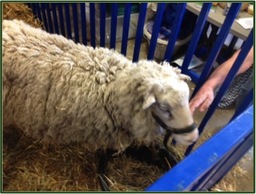 Finnsheep at 2014 Maryland Sheep & Wool Festival. Finnsheep at 2014 Maryland Sheep & Wool Festival. This breed is thought to be several hundred years old and, as its name suggests, has its origins in Finland. (OSU) Though they are descendants of the Wild Mouflon and the Scandinavian Short-tail group, these sheep have been highly crossbred with other breeds of sheep. Those crosses include sheep outside of the Northern European Short-Tailed breeds. (Dýrmundsson and Niznikowski, Table 2) Finnsheep are one of the most prolific breeds in the world and an ewe can have up to nine lambs in a litter. (Hatton) This tendency, as well as the animal’s adaptability to rugged climates, has made the sheep a very desirable addition to other bloodlines to increase numbers in herds by multiple births. The wool can come in many colors (blacks, grays, browns, fawns, spotted), but is most commonly white. These sheep typically have a single coat, but double coated individuals still occur on occasion. (Ekarius and Robson, 159) The coat is usually fine and can have a soft curl and works well with combing. Fiber Information:
Resources:
Dýrmundsson, Ólafur and Niznikowski, Roman. “North European short-tailed breeds of sheep : a review,” 59th Annual Meeting of the European Association for Animal Production. 2008 Ekarius, Carol and Robson, Deborah. The Fleece & Fiber Sourcebook: More Than 200 Fibers, from Animal to Spun Yarn (Storey Publishing, LLC), 2011. Hatton, Grace. "FIBER BASICS: FINNSHEEP", Spin-Off Magazine, Summer 2005. Oklahoma State University. “Breeds of Livestock Project”. www.ansi.okstate.edu/breeds/sheep/ Ryder, M. L. Sheep & Man (Gerald Duckworth & Co.), 1983. Ryder, M. L. "A Survey of European Primitive Breeds of Sheep," Annales de Génétique et de Sélection Animale. 13, no. 4: 381−418, 1981. 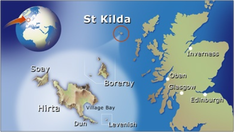 This breed has its origins on the St. Kilda archipelago off the west coast of Scotland. The name of this small breed comes from the Norse words for “sheep” and “island”. (Ekarius and Robson, 194) Soay bones and fleece show that the soay is likely a direct ancestor of prehistoric sheep in Europe. (Ryder, Changes,501) They are the oldest sheep from the British Isles and are, in part, descended from those who were there before the coming of both the Romans and the Vikings. (Oklahoma State University, Breeds of Livestock Project) Their wool can be shades of light or dark brown (or, very rarely, white), and like the Icelandic and some other breeds, they can shed their wool in the summer. Ryder suggests that the darker Soay are more primitive that the lighter, wooly ones. (Ryder, Changes, 501) Soay, like the other older members of the Northern European Short-tail group, have two coats, but the coats are so similar in many cases, that it is difficult to to tell the two apart. (Oklahoma State University, Breeds of Livestock Project) As of 2012 there were less than 1200 of these animals in Britain. There is a small population of them in the United States and Canada as well, some of which are pure British Soay, while others have had Shetland outcrosses. These small sheep may be as close to “period” animals as we can find. Facts
Resources
Ekarius, Carol and Robson, Deborah. The Fleece & Fiber Sourcebook: More Than 200 Fibers, from Animal to Spun Yarn. Storey Publishing, LLC, 2011. Oklahoma State University. “Breeds of Livestock Project”. www.ansi.okstate.edu/breeds/sheep/ Ryder, M. L. Sheep & Man. Gerald Duckworth & Co., 1983. Ryder, M. L. “Changes in the fleece of sheep following domestication (with a note on the coat of cattle”. Ryder, M. L. "A Survey of European Primitive Breeds of Sheep," Annales de Génétique et de Sélection Animale. 13, no. 4: 381−418, 1981. Ryder, Michael L.. "The History of Sheep Breeds in Britain." The Agricultural History Review, 12, no. 1: 1−12, 65-82. 1964. |
About Me
I am mother to a billion cats and am on journey to recreate the past via costume, textiles, culture and food. A Wandering Elf participates in the Amazon Associates program and a small commission is earned on qualifying purchases.
Archives
July 2024
Categories
All
Blogroll of SCA & Costume Bloggers
Below is a collection of some of my favorite places online to look for SCA and historic costuming information.
More Amie Sparrow - 16th Century German Costuming Gianetta Veronese - SCA and Costuming Blog Grazia Morgano - 16th Century A&S Mistress Sahra -Dress From Medieval Turku Hibernaatiopesäke Loose Threads: Cathy's Costume Blog Mistress Mathilde Bourrette - By My Measure: 14th and 15th Century Costuming More than Cod: Exploring Medieval Norway |
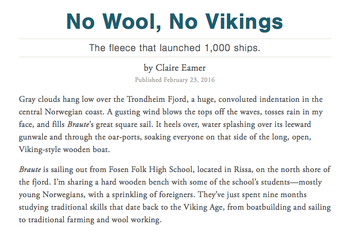
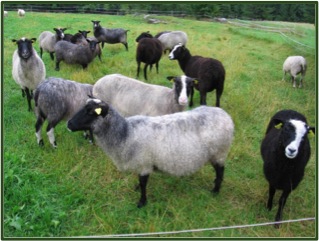
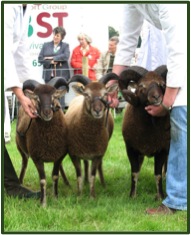
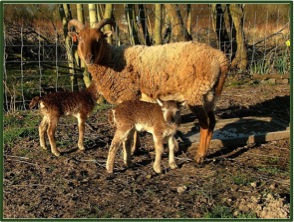
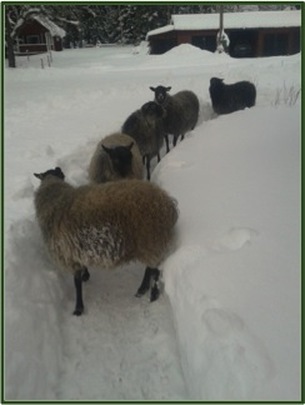

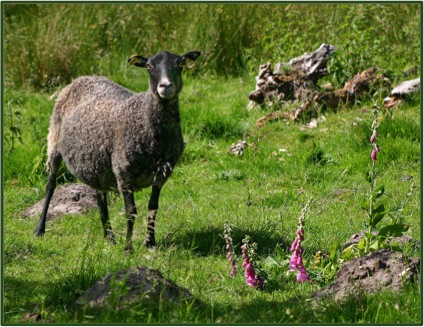
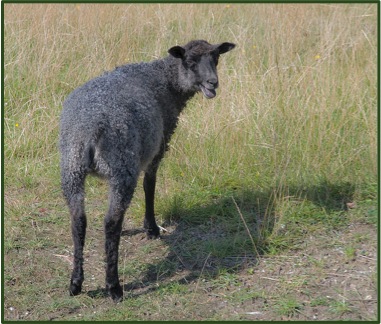
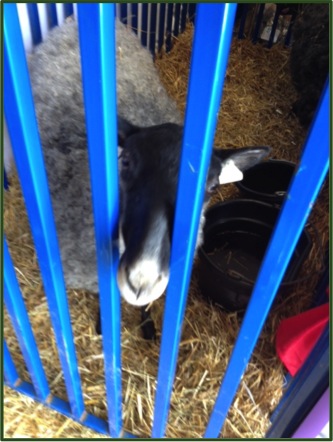
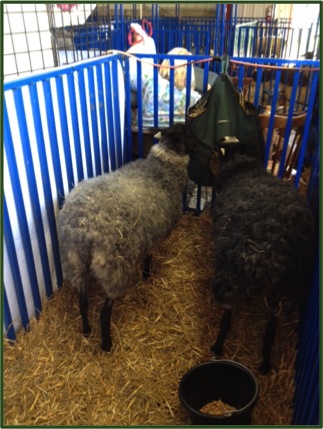
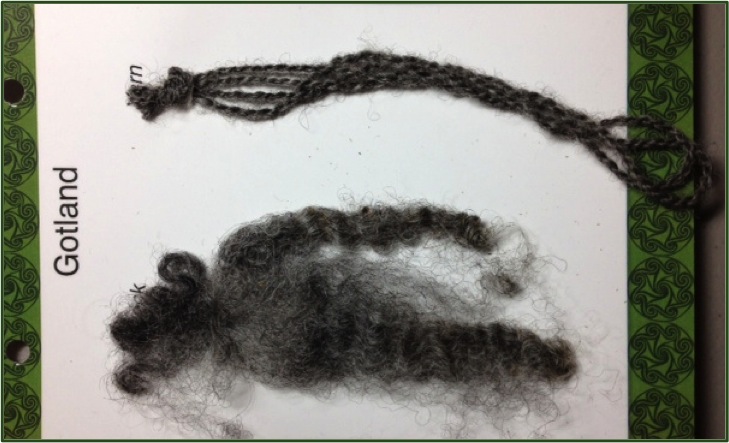
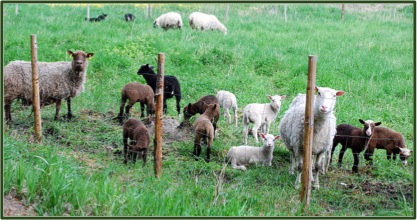
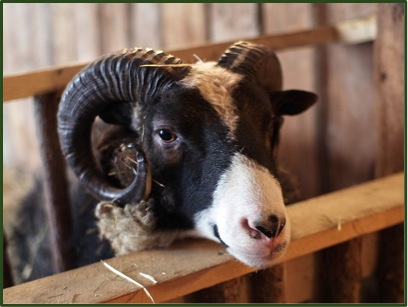
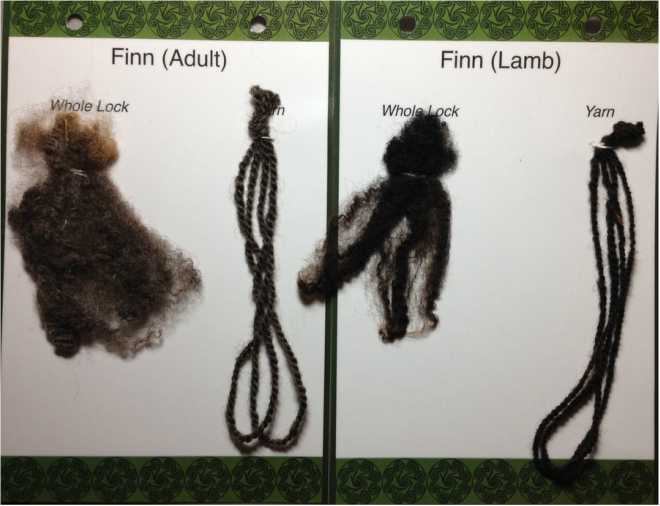
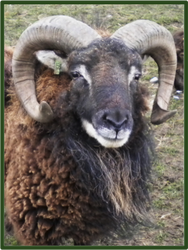

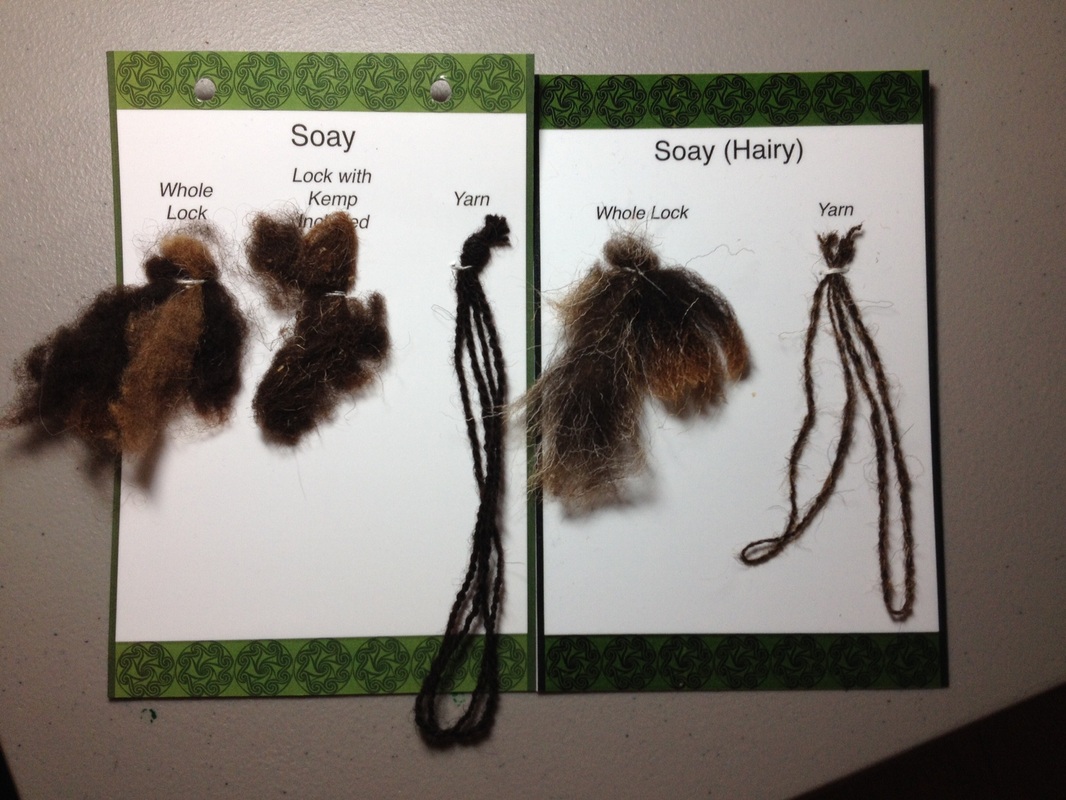
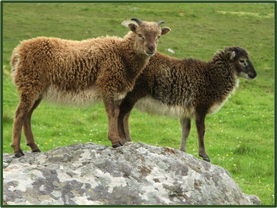
 RSS Feed
RSS Feed